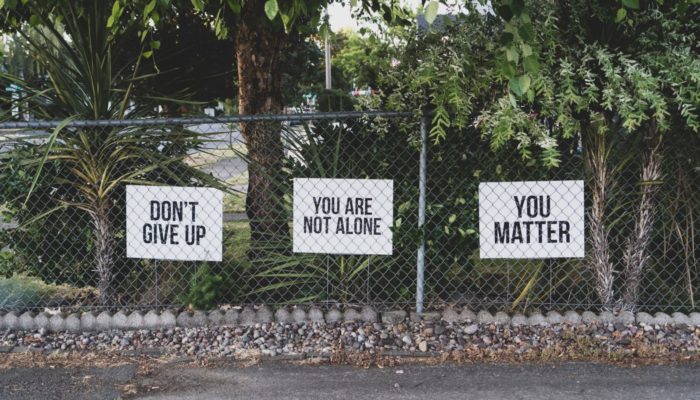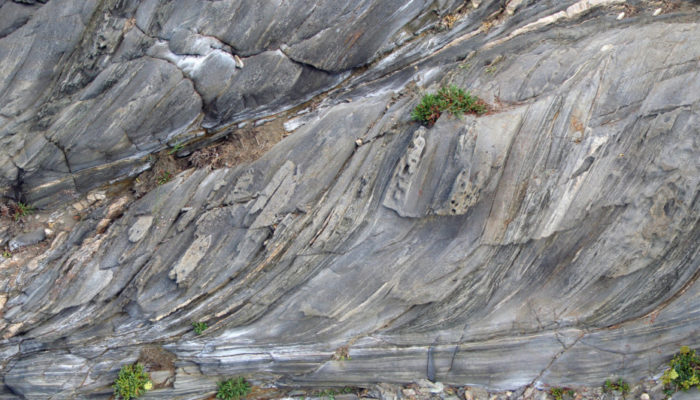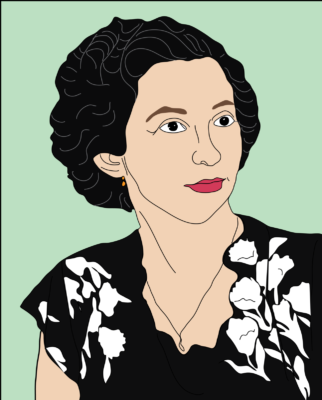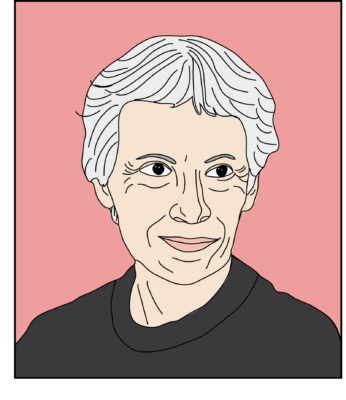As the EGU Tectonics and Structural Geology (TS) Early Career Scientist (ECS) Representative, and with the outlook of a second virtual general assembly, I take the opportunity to: (i) provide in two following blogposts, some general guidelines and advice to EGU TS attendees, presenters, and conveners, as recently informed by several blog posts in the EGU-Wide blogs, and (ii) highlight some of the ...[Read More]
TS Must-Read – Armijo et al. (1986) Quaternary extension in southern Tibet: field observations and tectonic implications
This contribution is a very detailed field report of the Sino-French expedition in eastern Tibet that took place in 1980-1982. Armijo and coauthors accurately analyse the different tectonic styles present in the north and south of the Yarlung-Zangbo Suture Zone, frequently defined as the “chord” joining the eastern and western syntaxes of the Himalayan orogen (Fig. 1). North of the chord, strike-s ...[Read More]
TS Must-Read – Lister and Snoke (1984) S-C Mylonites
Following the impact of the global plate kinematics revolution, researchers in the 70s and 80s made significant efforts to compare records of deformed rocks in outcrops to large-scale deformation and kinematics. By publishing “S-C Mylonites” 1984, Gordon A. Lister and Arthur W. Snoke gave a step forward for the TS community. The paper contributed to transitioning from a strain-dominated framework ...[Read More]
Josefa Cuevas de Sansores (24-02-1920 – 2010) – Mexico’s first woman geological engineer
Josefa Cuevas Sansores was born on the 24th of March, 1920 to Andrea Aguilar Argüello. Andrea was a professor herself and graduated in 1929 specializing in ‘Instrucción Primaria Inferior y Superior’. She used the knowledge she had gained during her studies to found several kindergartens in Yucatán, one still carrying her name). Josefa had three older sisters, two of which became school teachers, w ...[Read More]
Mind your Head: An introduction to Workplace Bullying in Academia

Understanding workplace aggression is a complex matter, and many questions arise when trying to tackle the issue. For instance, which acts and behaviours classify as workplace aggression, and when does something become workplace bullying or mobbing? How can you recognize if you or a co-worker/friend are the target of workplace aggression? How can you protect yourself and/or support others? What ca ...[Read More]
TS Must-Read – Davis et al. (1983) Mechanics of Fold-and-Thrust Belts and Accretionary Wedges
The establishment of plate tectonics in the 1960s triggered a reappraisal of the development of mountain belts and facilitated the physics-based understanding of mountain building processes. Many models for mountain building were, however, mostly conceptual, and there was no appropriate theory that described the first-order mechanics of mountain belts. In 1983, this gap was – at least partially – ...[Read More]
TS Must-Read – Tapponnier et al. (1982) Propagating extrusion tectonics in Asia: New insights from simple experiments with plasticine
In “Propagating extrusion tectonics in Asia: New insights from simple experiments with plasticine”, Tapponnier and co-authors (1982) describe one of the most famous analogue experiments in the history of Earth Sciences. The experiment was performed in the laboratories of Rennes (France), at the beginning of the ‘80s. The article aims to shed light onto the large-scale effects caused by the India- ...[Read More]
TS Must-Read – Boyer & Elliot (1982) Thrust systems
The now-classic paper of Boyer & Elliott (1982) presented a novel and general geometric framework to study thrust systems. The framework describes thrust surfaces by lines of contact between thrusts, or branch lines, and lines of thrust termination, or tip lines, and examines how they join into imbricate fans or duplexes. The framework allows accurate and succinct descriptions of the geometry ...[Read More]
Janet Vida Watson (1 September 1923 – 29 March 1985): The woman who could translate the story of Precambrian rocks into a crystal-clear message
On a late summer day in September 1923, Janet Vida Watson was born. With a father working in palaeontology and a mother who did research in embryology until her marriage, Janet grew up with science all around her. She went to South Hampstead High School, known for its science teaching and continued her education in General Science at Reading University. She graduated in biology and geology in 1943 ...[Read More]
Features from the Field: Shear Zones and Mylonites

The San Andreas Fault in California, the Alpine Fault in New Zealand, or the Main Frontal Thrust in the Himalayas are some of the most famous and largest fault zones that accommodate the relative displacement between two adjacent crustal blocks. Such faults, however, represent only the shallower expression of something much bigger: a crustal shear zone. In the first 10 kilometers or so of the crus ...[Read More]




